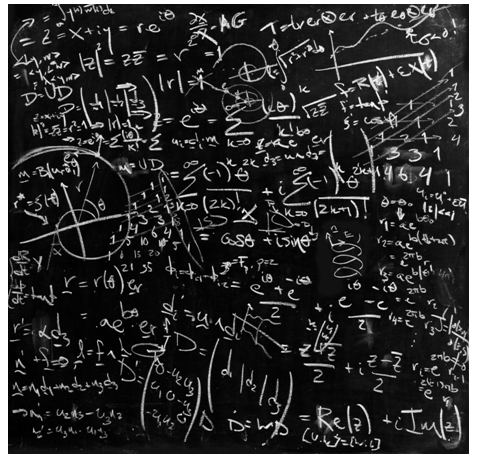Degrees of Freedom Calculator Paired Samples
Instructions: This Degrees of Freedom Calculator will calculate the number of degrees of freedom for paired samples of data. Please indicate the corresponding number of pairs
Degrees of Freedom Calculator for paired samples
The concept of of degrees of freedom tends to be misunderstood. There is a relatively clear definition for it: The degrees of freedom are defined as the number of values that can vary freely to be assigned to a statistical distribution.
When there is one sample, the degrees of freedom are simply computed as the sample size minus 1.
How To Compute Degrees of Freedom for Paired Samples?
The calculation of degrees of freedom for paired samples is easy, and it the essentially the same that is done for the one sample degree of freedom calculator .
Indeed, in this case there are two samples, so then one would expect to have a similar process as the calculator of degrees of freedom for two independent samples .
But, the paired samples case, in spite of the fact that there are two samples is much easier, because of the paired nature of the data. In this case, the number of degrees of freedom equals the number of pairs minus 1.
Mathematically:
\[df = N - 1\]Example of computing degrees of freedom for the paired-sample case
Example: How many degrees of freedom are there when you have N = 10 pairs?
In this case, you get directly that the number of degrees of freedom is computed as:
\[df = N - 1 = 10 - 1 = 9\]


